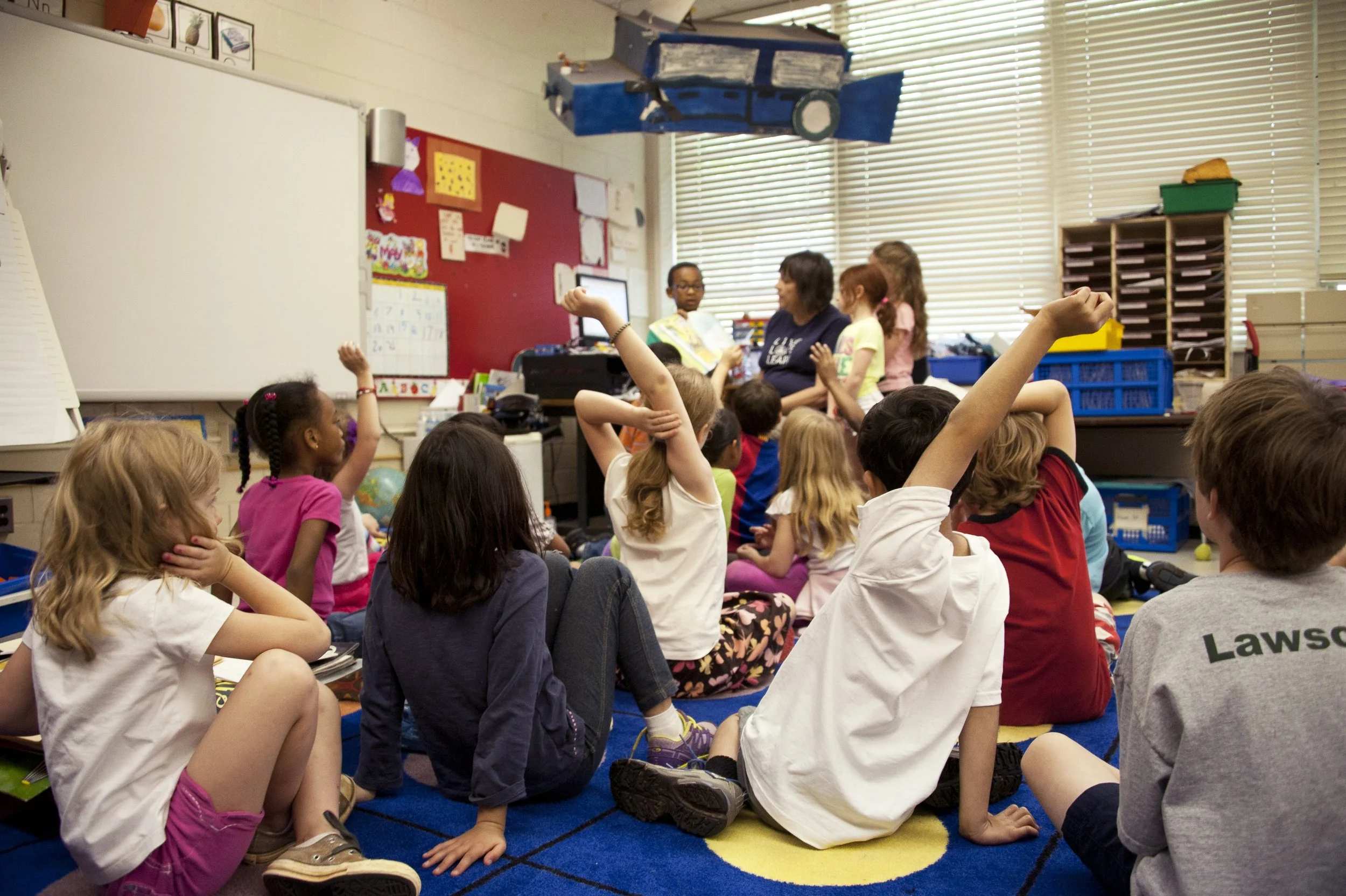Supporting Autistic Children in the Classroom: Tips for Educators and Parents
Autistic children face unique challenges in the classroom, but with the right support from educators and parents, they can thrive and reach their full potential. In this blog post, I’ll share some tips for supporting autistic children in the classroom.
Understand the child's needs: Every autistic child is different and has different needs. It's essential to understand the child's strengths, weaknesses, and preferences, such as sensory sensitivities, to create a supportive learning environment.
Create a sensory-friendly classroom: Autistic children can be highly sensitive to sound, touch, and light. Creating a sensory-friendly classroom can help reduce sensory overload and make the learning environment more comfortable for autistic children. Some ideas include using noise-cancelling headphones, providing weighted blankets, and using soft lighting. Also having fidget/stim stations and quiet time/cool down areas have been proven to be very helpful for many autistic kids.
Provide visual aids: Autistic children often process information visually, so providing visual aids can help them understand concepts better. Use diagrams, pictures, and videos to explain abstract concepts or complex ideas.
Use clear and concise language: Autistic children can struggle with understanding figurative language or indirect instructions. Using clear and concise language can help autistic children better understand what is expected of them.
Break tasks into smaller steps: Autistic children can struggle with executive function, which can make it challenging to plan, prioritize, and complete tasks. Breaking tasks into smaller, more manageable steps can help autistic children feel less overwhelmed and accomplish more.
Allow for breaks: Autistic children can become overwhelmed by the demands of the classroom, and it's essential to allow for breaks to help them recharge. Consider offering a quiet space where the child can take a break, play with sensory toys, or engage in a calming activity.
Build a positive relationship with the child: Building a positive relationship with an autistic child can help them feel more comfortable and supported in the classroom. Take the time to get to know the child, their interests, and their strengths, and use positive reinforcement to encourage and motivate them.
Allow for the support needs of different learning styles. Some kids might be visual learners, others audio learners, other kinetic learners. I myself have a lot of trouble processing information if I don’t have some menial task to do to distract the ADHD part of my brain. I often bring my drawing pad to meetings so I can draw while I listen in order to absorb the information properly.
With the right support and accommodations, autistic children can thrive in the classroom. By understanding their needs and providing a supportive environment, educators and parents can help autistic children reach their full potential.

